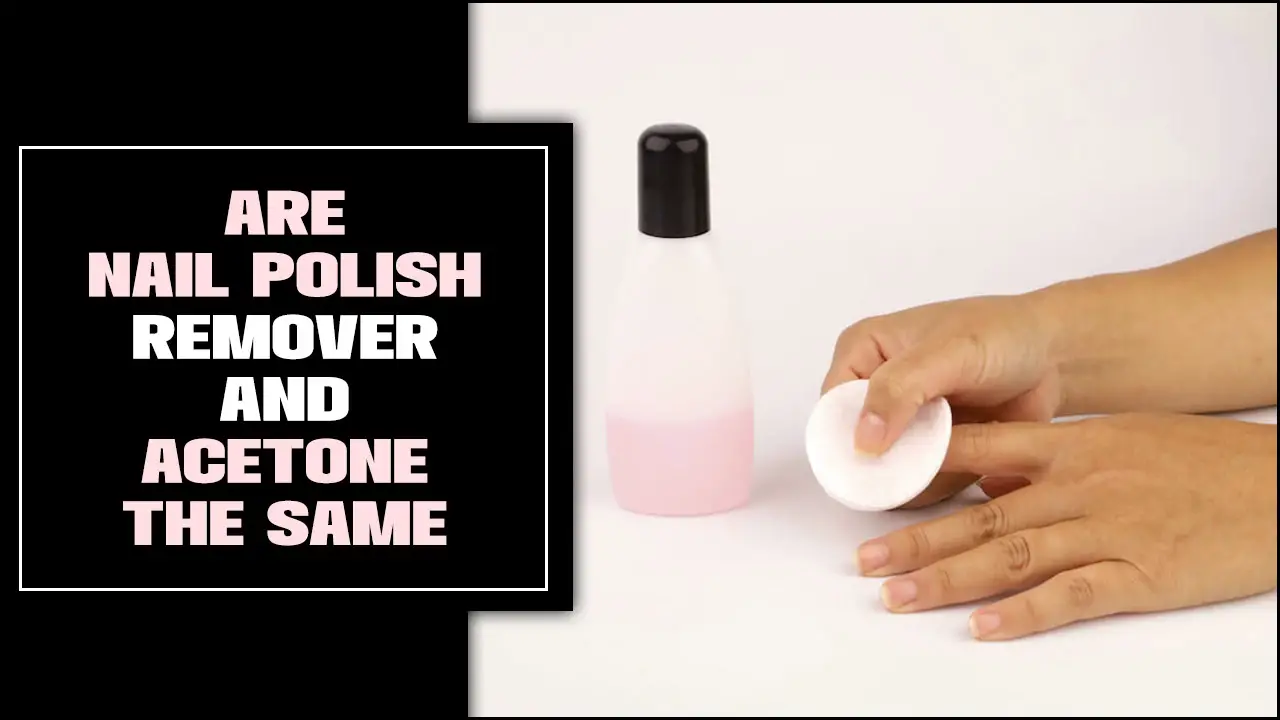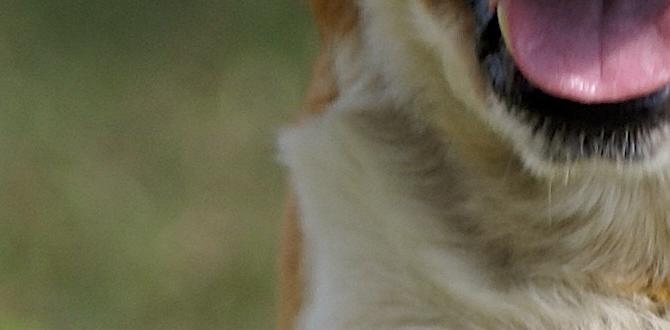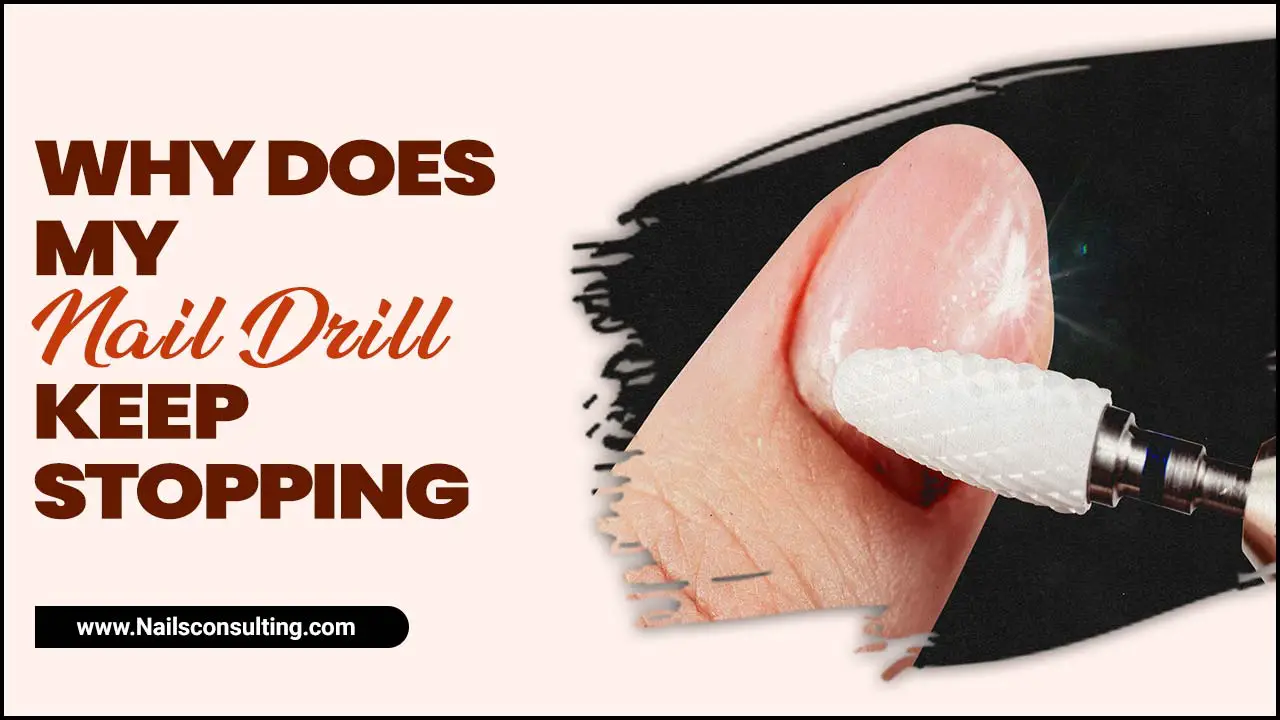Floral watercolor nail designs offer a soft, artistic, and breathtaking way to adorn your nails. This guide breaks down how beginners can easily create these beautiful, dreamy looks with simple steps and essential tools, helping you achieve salon-worthy art at home.
Dreaming of nails that look like they’ve been kissed by a watercolor masterpiece? Floral watercolor nails are the perfect blend of delicate beauty and artistic flair. They bring a touch of nature and a whole lot of charm to your fingertips, and the best part? They’re surprisingly achievable, even if you’re new to nail art. Forget complicated techniques; we’re going to show you how to create these stunning designs with ease. Get ready to unleash your inner artist and make your nails bloom!
What Are Floral Watercolor Nail Designs?
Floral watercolor nail designs mimic the beautiful, blended, and ethereal look of watercolor paintings. Instead of sharp lines and solid colors, these designs feature soft edges, translucent shades, and a dreamy, almost wash-like effect. Flowers are the most popular motif, appearing as if they’ve been delicately painted onto the nail with a wet brush. They offer a romantic, artistic, and incredibly chic vibe that’s perfect for any occasion.
Why Choose Floral Watercolor Nails?
There are so many reasons why floral watercolor nails are a hit! They’re incredibly versatile, looking just as lovely with a casual outfit as they do with evening wear. They also offer a unique way to express your personal style, moving beyond traditional painted flowers into something more artistic and fluid. Plus, they’re forgiving for beginners – those soft edges mean perfection isn’t the goal; artistic expression is!
Here’s what makes them so special:
- Artistic & Unique: No two designs will ever be exactly alike, making your nails truly one-of-a-kind.
- Soft & Delicate: They exude a gentle, romantic, and elegant aesthetic.
- Versatile Style: Perfect for weddings, spring, summer, or any time you want a touch of natural beauty.
- Beginner-Friendly: The nature of watercolor allows for a more forgiving application.
- Customizable: You can play with endless color palettes and flower shapes.
Essential Tools for Your Floral Watercolor Nails
You don’t need a professional kit to create beautiful floral watercolor nails. Here are the basic tools that will help you get started:
- Nail Polish: Your base color(s) and various shades for your floral elements. Gel polish offers more durability and vibrancy, but regular polish works too!
- Clear Top Coat: Essential for sealing your design and adding shine.
- Nail Art Brushes: A few fine-tipped brushes are perfect for details. For watercolor effects, a slightly more flexible brush can be helpful.
- Dotting Tools: Optional, but great for creating small centers of flowers or simple dot accents.
- Makeup Sponges: Small pieces of makeup sponges are fantastic for achieving the blended watercolor look.
- Rubbing Alcohol or Water: Used to activate and blend watercolor paints or to thin regular polishes for a watercolor effect.
- Palette or Plate: A small dish, old tile, or plastic palette to mix your colors.
- Nail Polish Remover & Cotton Swabs: For cleaning up any mistakes.
- Base Coat: To protect your natural nails and help polish adhere better.
A great resource for understanding nail care basics, including the importance of a good base coat, can be found at the NHS website on nail problems, highlighting how proper preparation contributes to healthier nails and better polish application.
Method 1: Watercolor Effect with Gel Polish (The Ethereal Blend)
This method is incredibly popular for achieving that true, dreamy watercolor look. It uses gel polish and a bit of alcohol for magic!
Step-by-Step Guide:
- Prep Your Nails: Start with clean, dry nails. Apply a base coat and cure it under a UV/LED lamp if using gel polish. Apply your desired base color (often a light, milky white, or nude works beautifully) and cure it.
- Create Your Watercolor Base: Apply a thin layer of clear gel polish to your nail – don’t cure this layer yet.
- Add Your Colors: Using your nail art brush dipped in a vibrant gel polish color (like pink, blue, or purple), tap or swirl it onto the uncured clear gel. Clean your brush.
- Blend with Alcohol: Dip a clean brush into rubbing alcohol. Gently dab and swirl this brush over the tapped-on color. The alcohol will help the gel polish spread and blend, creating a watercolor effect. Repeat with different colors if desired, always adding colors onto the uncured clear gel and blending with alcohol. Be careful not to over-blend; you want distinct color washes.
- Cure: Once you’re happy with the watery blend, cure your nail under the UV/LED lamp.
- Add Details (Optional): After curing, you can use a fine-tip brush with white or a darker gel polish to add subtle petal outlines, veins, or stamen to give your flowers more definition if you wish. Cure again if you add any new layers.
- Seal & Shine: Apply a clear top coat and cure it. Wipe off the sticky inhibition layer with a cleanser wipe or rubbing alcohol, and admire your stunning floral watercolor nails!
Method 2: Watercolor Effect with Regular Polish & Sponge (The Easy Dab)
Don’t have gel polish or a UV lamp? No problem! You can achieve a beautiful watercolor effect with regular nail polish and a simple makeup sponge.
Step-by-Step Guide:
- Prep Your Nails: Apply a base coat to clean, dry nails. Once dry, apply your base color. Let it dry completely.
- Prep Your Sponge: Cut a small piece of a clean makeup sponge.
- Apply Polish to Sponge: Gently dab 2-3 different colors of regular nail polish onto the sponge. Don’t overdo it; a little goes a long way.
- Dab Onto Nail: Lightly and gently dab the sponge onto the nail. Press and lift. You can reapply polish to the sponge and dab again for more intensity or a different blend.
- Blend & Soften: Some polishes might look a little streaky. You can use a clean, dry brush (or a brush with a tiny bit of clear polish or nail polish remover very carefully) to lightly blend the edges. Work quickly as regular polish dries fast!
- Add Details: Once the base watercolor layer is dry, use a fine-tip nail art brush or a toothpick with a contrasting polish color to add simple floral shapes, dots, or delicate petal lines.
- Seal the Deal: Apply a good layer of clear top coat to protect your design and add shine.
Method 3: Watercolor Effect with Acrylic Paints (The Artist’s Touch)
For those who truly want to embrace the painterly feel, acrylic paints offer incredible control and vibrancy. This method is fantastic for intricate details once you’ve mastered the basics.
Step-by-Step Guide:
- Prep Your Nails: Apply a base coat and your base color, letting them dry completely. If using gel, cure the base color.
- Set Up Your Paints: Squeeze small amounts of your chosen acrylic paint colors onto a palette or a clean, disposable plate. Have some water and a clean brush handy.
- Dilute Your Paints: Dip your finest nail art brush into water, then wipe off any excess. Pick up a small amount of acrylic paint and mix it on your palette with the damp brush. This dilutes the paint, making it more translucent and watercolor-like.
- Paint Your Flowers: Gently brush the diluted paint onto the nail to create your floral shapes. Layer colors for depth, allowing each layer to dry slightly before adding the next. You can create soft washes of color or more defined petals depending on the amount of water you use.
- Add Details: Once your main floral shapes are dry, use a darker or lighter shade with a finer brush to add outlines, centers, or delicate veins for a realistic touch.
- Seal with Top Coat: This is crucial! Once the acrylic paint is completely dry, apply a generous layer of clear top coat (or gel top coat if you used gel base/color) and cure if necessary. This seals the acrylic and prevents it from washing off.
Tips for Stunning Floral Watercolor Nails
Achieving that perfect watercolor look is all about embracing the flow and softness. Here are some pro tips to elevate your designs:
Color Palette Suggestions:
- Pastels for Spring: Think soft pinks, blues, lavenders, and mint greens.
- Vibrant Blooms: Use brighter reds, oranges, and yellows for a summery feel.
- Moody Florals: Deep purples, burgundies, and even subtle greys can create a sophisticated, autumnal look.
- Monochromatic Magic: Use different shades of the same color (e.g., light to deep blue) for a very chic and cohesive design.
Technique Refinements:
- Less is More: It’s easier to add more color or depth than to take it away. Start with lighter applications and build up.
- Brush Control: For gel polish, a brush slightly dampened with alcohol (not soaking!) is key to the blend. For acrylics, control the water ratio on your brush for opacity.
- Don’t Fear Imperfection: The charm of watercolor is its slightly messy, organic look. Don’t strive for rigid symmetry.
- Layering is Key: Build up colors gradually to create depth and dimension.
- Practice on Nail Swatches: Before you commit to your nails, try out designs on nail swatch sticks or even paper to get a feel for the colors and techniques.
For inspiration on color theory and how colors interact, resources like Color-Wheel-Artist.com on Color Theory can be incredibly helpful in choosing harmonious palettes for your floral creations.
Troubleshooting Common Issues
Even with the best intentions, sometimes things don’t go as planned. Here are solutions to common watercolor nail design hiccups:
Muddy Colors:
Problem: Colors blend together to look brown or dull instead of vibrant.
Solution:
- Ensure your brushes are clean before switching colors or adding alcohol. A tiny bit of residual color can cause muddiness.
- Don’t over-blend. Allow distinct color washes to form rather than mixing them too much.
- Use contrasting colors that don’t inherently mute each other when mixed (e.g., blues and purples tend to blend better than yellow and blue if you’re not careful).
- Try adding colors to the uncured gel layer or to a base of clear polish rather than directly on top of cured paint layers.
Colors Not Blending (Gel Polish Method):
Problem: The alcohol isn’t spreading the gel polish as expected.
Solution:
- Make sure you are applying the colors onto an uncured layer of clear gel polish.
- Use just enough alcohol on your brush to activate the blend. Too much alcohol can thin the polish too much and remove definition.
- Ensure your rubbing alcohol is at least 70% isopropyl alcohol, as higher concentrations work best.
Polish Drying Too Fast (Regular Polish Method):
Problem: The colors on the sponge or nail dry before you can blend them.
Solution:
- Work in small sections. Apply colors to the sponge and dab onto one nail at a time.
- Use a quick-dry top coat or a nail polish thinner if your polishes are old.
- Have your clear top coat ready to seal the design as soon as the watercolor layer is dry.
Designs Not Sticking/Peeling:
Problem: The painted design lifts or peels off.
Solution:
- Make sure your base colors and any previous gel layers are properly cured.
- Ensure your nails are clean and free of oils before applying polish.
- Wipe off the sticky inhibition layer of gel polish before cleaning with alcohol or applying the next layer, unless the specific technique requires leaving it.
- Apply a good, even top coat and ensure it covers the entire design, especially the edges.
Pros and Cons of Floral Watercolor Nail Designs
Every nail art trend has its ups and downs. Here’s a quick look at what to expect with floral watercolor nails:
| Pros | Cons |
|---|---|
| Stunning and unique artistic look. | Can take practice to master the blending techniques. |
| Soft, romantic, and eye-catching. | Requires specific tools (like fine brushes or sponges) for best results. |
| Very forgiving for beginners due to blended edges. | Gel polish method requires a UV/LED lamp. |
| Highly customizable with colors and effects. | Some techniques might involve chemicals like rubbing alcohol. |
| Trendy and elegant for various occasions. | Can be time-consuming for intricate designs. |
FAQ: Your Floral Watercolor Nail Questions Answered
Q1: Do I need special paints for watercolor nail art?
A1: You can achieve watercolor effects with regular nail polish, gel polish, or acrylic paints diluted with water. Gel polish with rubbing alcohol or acrylic paints with water offer the most authentic watercolor look.
Q2: Can I do floral watercolor nails with just regular nail polish?
A2: Absolutely! The sponge method using regular polish is a fantastic beginner-friendly way to get a blended, watercolor-like effect. You can also use a fine brush and water to dilute regular polish on a palette before applying it, but it dries very quickly.
Q3: How do I make the colors blend well without looking muddy?
A3: Ensure your tools are clean between color applications. When using gel polish, apply colors onto an uncured clear gel layer and use rubbing alcohol sparingly on your brush to gently blend. For acrylics, control the amount of water used to dilute the paint.
Q4: How long do floral watercolor gel nails last?
A4: When applied correctly with proper curing, gel polish floral watercolor nails can last anywhere from two to three weeks, as long as your natural nails stay healthy.
Q5: What kind of brush is best for floral watercolor designs?
A5: A fine-tip nail art brush is ideal for adding details like outlines or centers. For the main watercolor blending with gel polish, a slightly fluffier or more flexible brush that you can dampen with alcohol is helpful. For acrylics, a size 0 or size 1 brush is often perfect for detailed work.
Q6: Can I create these designs on short nails?
A6: Yes! Watercolor floral designs are often abstract and fluid, making them perfect for all nail lengths. You might simplify the design for very short nails, focusing on a few blended color washes with a small floral accent.
Q7: What’s the difference between watercolor gel and watercolor acrylic paint on nails?
A7: Gel polish watercolor effects rely on uncured gel and alcohol to blend, and they need UV/LED lamp curing. Acrylic paints can be diluted with water for a watercolor look and are applied over cured polish or gel. They offer more control for detailed painting and a true matte finish before top coat, while gel polish remains somewhat shiny even before the final top coat.
Conclusion: Bloom Beautifully!
Floral watercolor nail designs are more than just a trend; they’re a beautiful form of nail art that anyone can explore. Whether you’re a gel polish lover, a regular polish enthusiast, or a budding artist with acrylics, there’s a method for you to create these dreamy, artistic floral looks. Remember, the beauty of watercolor is in its delicate flow and unique charm. Don’t be afraid to experiment with colors and let your creativity bloom. With a little practice and these simple steps, you’ll be painting stunning floral masterpieces on your fingertips in no time. So grab your polishes, brushes, and let your nails blossom into something truly special!




